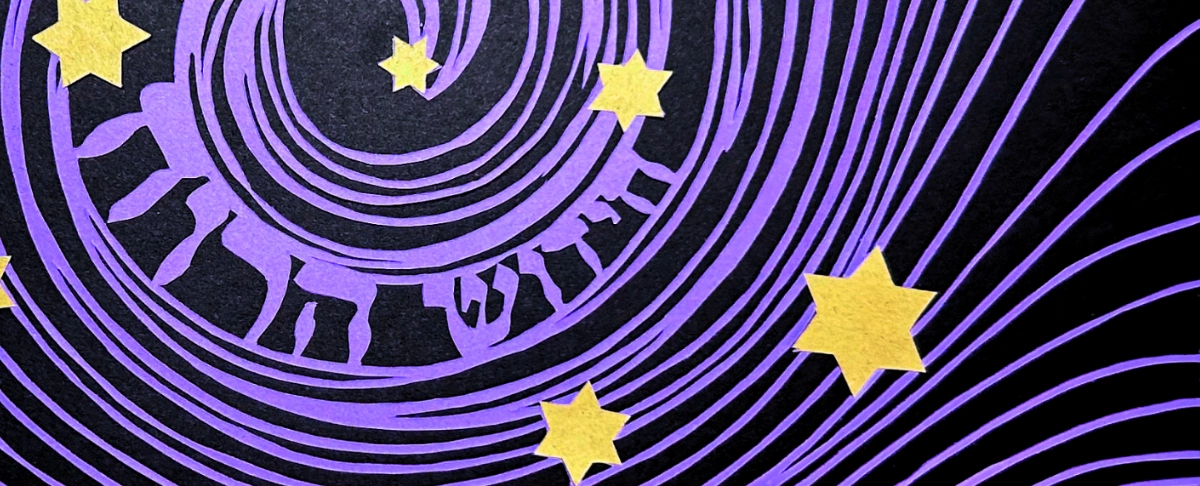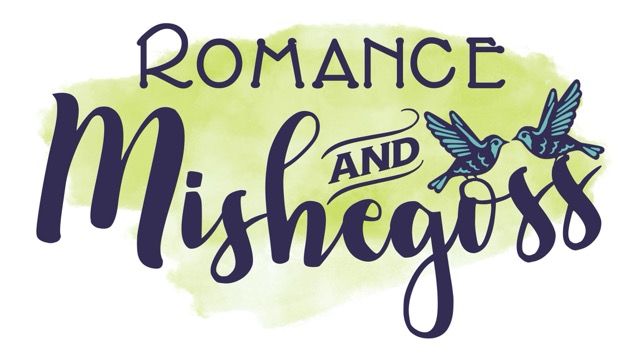Your cart is currently empty!

Jewish Art in the Diaspora: Reflections on Identity, Adaptation, and Expression
The Politics of Jewish Artistic Identity
I’ve honestly questioned “what is Jewish art?” too much today and have gotten little else done. Time to toss them back to the universe for others to ponder.
This isn’t about being Zionist or Anti-Zionist. It’s simply about art identified as Jewish. It’s me, trying to work out who we are, where we come from, why the past looks like the past, and what any of it means for the future of Jewish art.
Art is inherently messy (tee hee). More so when we add in politics. But honestly, if anything, all Jewish art is political. Or it wouldn’t look the way it does: Sephardic art from Morocco looks like Muslim art from North Africa. Ashkenazi folk art looks like Polish or Russian folk art.

How Cultural Adaptation Shaped Jewish Diaspora Art
Why? Because of our history of survival. When Jews settled throughout the Diaspora, we navigated complex social dynamics. Our art absorbed elements of surrounding cultures—not just as a matter of taste, but often as a matter of safety. Creating art that resembled our neighbors’ could help us avoid unwanted attention when being visibly different meant danger.

Take Jewish papercutting. This art form appears across multiple Jewish communities, from intricate Mizrahi designs echoing Islamic geometric patterns to Eastern European shiviti and mizrach pieces incorporating Slavic folk motifs. The techniques might be similar across regions, but the visual language speaks to local influence.
Jewish Visual Language: Beyond Cultural Borrowing
This wasn’t mere mimicry—it was a sophisticated cultural conversation. Jewish artists incorporated “borrowed” aesthetics while infusing them with distinctly Jewish meanings, symbols, and purposes. A decorative motif appearing purely ornamental to outsiders might contain Hebrew letters or Torah references for those who knew what they were looking at.
The reality of Jews in the Diaspora—living in hostile countries or places that merely tolerated us (until they didn’t)—shaped our art and collective sensitivities. And I don’t mean to dairy products! (Is that Ashke-normative? Probably—s’licha*)

Traditional Jewish Papercutting: A Personal Connection
When I create papercuttings today, I’m participating in a tradition that has served multiple purposes: beautification of ritual objects (hiddur mitzvah), preservation of cultural memory, and assertion of Jewish presence. My cuts converse with centuries of Jewish artists who expressed their Jewishness through whatever materials were available, often making do with whatever was at hand.
These artistic choices reflect the delicate balance between assimilation and distinction that has characterized Jewish existence. Our art shows how we’ve navigated the tension between belonging to broader society while maintaining our unique identity. The political dimension isn’t always overt propaganda—sometimes the most political act is simply creating beauty according to Jewish aesthetic values in a world that hasn’t always welcomed Jewish expression.
*Sephardi, Ashkenazi, or Mizrahi, the word s’licha is understood by all Jews who know a little Hebrew. Because no matter what nation we live in, or have lived in, no matter what era, we are Jews. Simply Jews. And we know who we are.

The Resilience of Jewish Art Through Centuries of Diaspora
What makes Jewish art so fascinating and resilient is that it tells the story of a people maintaining cohesion while adapting to wildly different environments. When I create a papercut, I’m not just making a singular artistic statement; I’m adding my voice to an ongoing conversation about Jewish identity spanning continents and centuries. Through the delicate negative spaces of my cuts, I’m exploring questions that have animated Jewish artistic expression throughout our history: Who are we? How do we remain distinctly ourselves while in dialogue with surrounding cultures? What visual language best expresses our values and experiences?
Jewish Art as Cultural Declaration and Continuity
In this way, Jewish art isn’t just decorative—it’s declarative. It says: “We are here, we are creating, we are continuing.” And that, perhaps more than any specific style or technique, is what makes it unmistakably Jewish.

You can find my Jewish papercuts and other Jewish artwork in my Etsy Shop: RomanceAndMishegoss.

Want More Jewish Art & Folk History?
📩 Subscribe to my newsletter for deep dives into Jewish papercuts, mystical traditions, and reclaimed folk art practices.

Leave a Reply